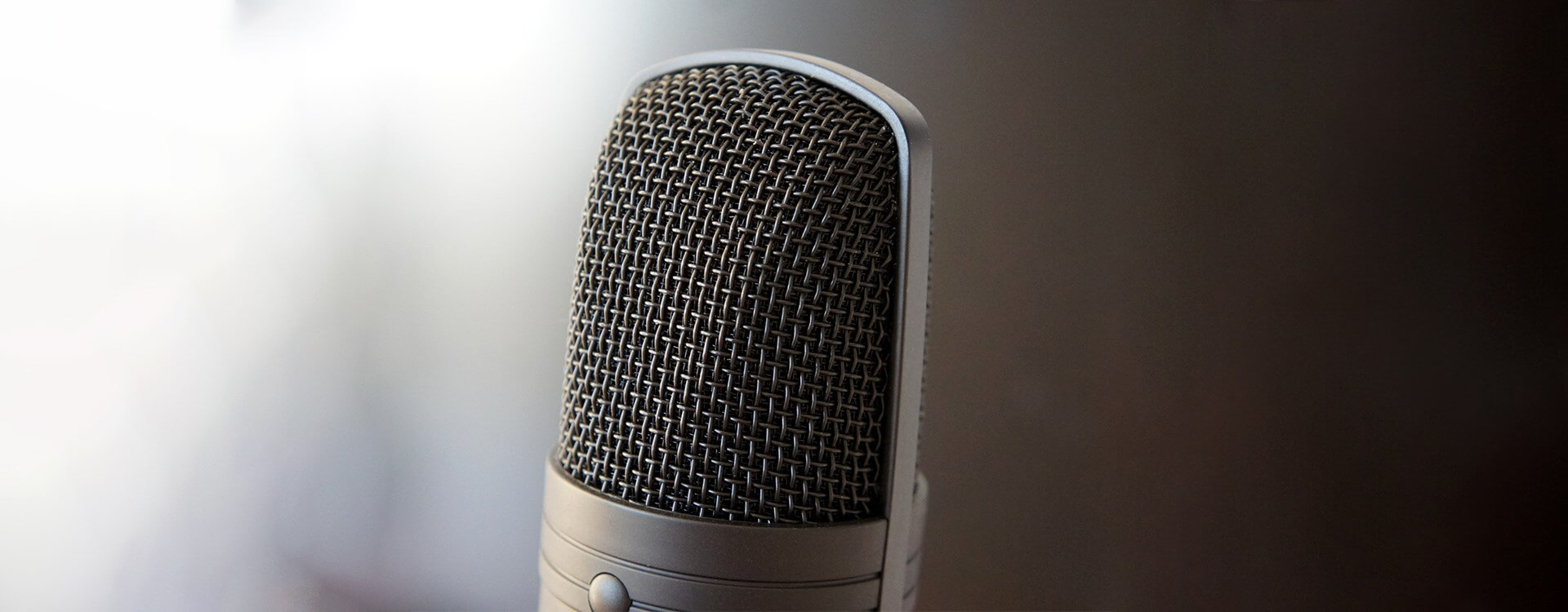Highlights
Table of Contents
Explore article topics
Most of the best vlogs, videos and films all have one thing in common—great audio. The same is obviously true for podcasts. Greater sounding videos and other productions will undoubtedly feature excellent audio mixing and editing, often with audio plugins. But the single most vital ingredient in creating great audio for your production is having the right type of microphone.
Knowing your mic options will help you find the best one for your next project. Initially, you will most likely have only a single microphone for your production, but over time, you will find it handy to have several at your disposal. In addition, different microphones will give your audio recording more versatility, allowing you to adjust on the fly to different circumstances and conditions.
Before listing the types of microphones that work well for vlogging, podcasting and filmmaking, let’s briefly discuss how microphones work and their polar patterns, or “pickup patterns”. Once we understand how microphones capture sound in space, we’ll be ready to explore microphone types.
Condenser, dynamic and other mics
The 2 most common types of microphones are Condenser and Dynamic. Ribbon and Carbon microphones were also developed and used in the 20th century, and other mics exist, like the Piezoelectric. But for our purposes here, we will keep things focused on the condenser and dynamic mics.
A condenser mic is made of a lightweight diaphragm fixed to a case and suspended over a backplate. When soundwaves hit the diaphragm, it vibrates toward and away from the backplate, which transfers waves into electrical signals that are picked up by the mic’s electrical field. Condensers are known for capturing vocals and higher frequencies with great detail and accuracy.
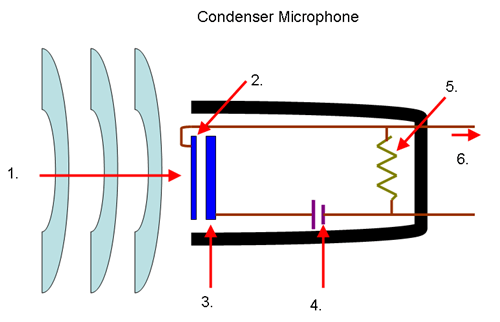
By comparison, a dynamic mic features a magnet, coil and diaphragm. When sound waves vibrate the dynamic mic’s diaphragm, it vibrates the coil, which the magnetic field translates into electrical signals. Dynamic mics, which are usually larger and more rugged than condensers, are often used to record musical instruments, but they’re also frequently used to pick up the voices of television broadcasters.
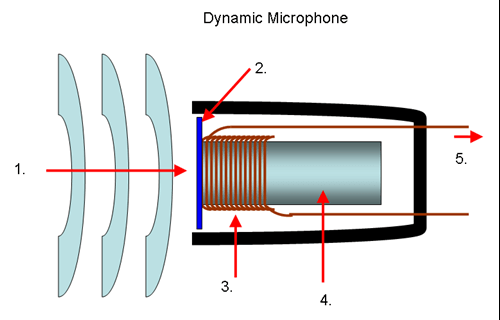
- incoming sound
- diaphragm
- Coil
- permanent magnet
- resulting signal
Microphone polar pattern
Like ears, microphones pick up sound in spatial patterns. A human’s pickup pattern combines audio from the left and right ears to create a sort of 360-degree field of sound. Microphones, on the other hand, can have one of several pickup patterns.
Omnidirectional
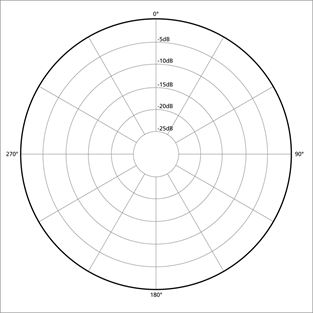
Bidirectional
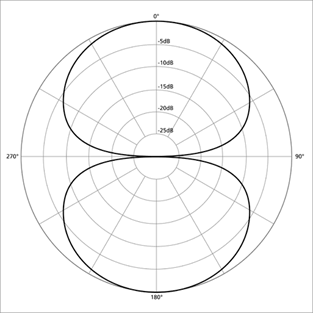
Bidirectional or “Figure 8” microphones capture sound well from both the front and back. This is because each side of the diaphragm is equally exposed to sound pressure. As you might have guessed, bidirectional mics can be helpful when recording a conversation or dialogue between 2 people sitting across from each other; or if side sound needs to be cut out.
Cardioid/Unidirectional
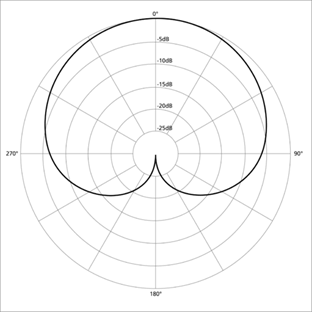
This type of microphone is most sensitive to sound pressures coming from the front. A type of unidirectional microphone is the cardioid, which takes its name from its heart-shaped pickup pattern. These mics capture audio well from the front while cutting out much of the sound from the sides and most audio from behind it. They are very common in music recordings, television productions, speeches and other media.
Get unlimited royalty-free 4K footage
Types of microphones
Lavalier microphones
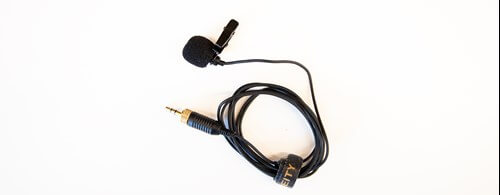
The Lavalier Microphone is a small microphone typically fixed to a person’s collar, lapel or other articles of clothing and generally pointed at the subject’s mouth. Also known as the Lav Mic, Lapel Mic, Body Mic or Collar Mic, it’s known for being generally unobtrusive and good at amplifying the voice while cutting out surrounding ambient noise.
Lav mics are either omnidirectional or unidirectional/cardioid. While both will work, a cardioid, with its front-based pickup pattern, is probably the way to go when recording a conversation, vocal, dialogue and so on.
As we detailed in a recent post about the lavalier mic, the lav can be both wired or wireless. A wired lav will feature a cable running the length of the microphone to the audio recorder or video camera. By contrast, a wireless lav features a radio frequency transmitter (also attached to the person) that sends audio to recording or video gear.
The variety of low-budget options make a lav mic really handy for a wide variety of content creators. Vloggers, travel videographers, filmmakers, theatrical productions and even podcasters could easily use a lav mic, often as an alternative to one or more of the microphones detailed below.
* A lavalier is always a condenser mic.
Shotgun microphone
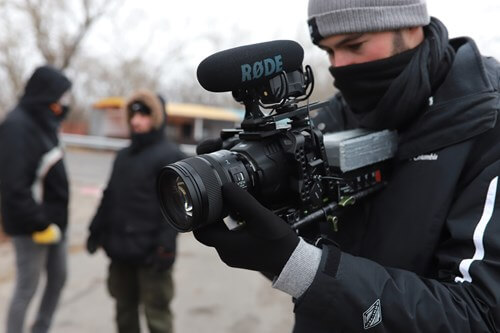
One of the most ubiquitous microphones in audio recording is the shotgun mic. These microphones are quite long in appearance—typically 8 to 24 inches long—to generate extreme unidirectional/cardioid polar patterns. This is why you often see a boom mic operator holding a shotgun mic in film productions, news interviews or at sports events.
Unlike a more standard unidirectional/cardioid microphone, a shotgun mic’s extreme polar pattern allows it to pick up audio from a distance. In film, for instance, a boom mic operator holds the shotgun mic outside the frame, often many feet away from the actor(s).
While its advantages in film, news, commercials, sports events are obvious, the shotgun mic also has a place in a vlog or podcasting gear kit, depending on the content creator’s needs. Before buying a shotgun mic, think about renting different types of microphones to see which is the right fit for your production.
* Smaller, more compact shotgun mics can be fixed onto DSLR and Mirrorless camera rigs, making them excellent options for indie filmmakers, videographers and vloggers.
To learn more about this type of microphone and get a list of the best shotgun mics out there, check out our Essential Guide to Shotgun Microphones article.
Studio microphones
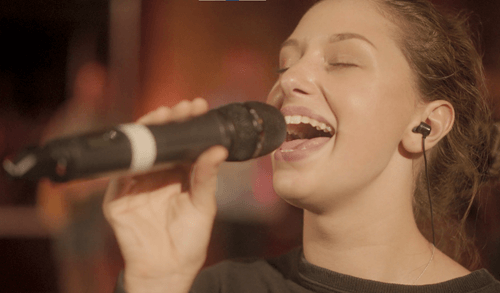
As its name suggests, studio mics are those microphones typically found in studio environments for music production as well as television and radio broadcasts, amongst other studio spaces. These are the ones that most people imagine when they think of microphones.
There is a vast range of budget and high-end condenser and dynamic mic options. Beyond their workhorse reputation in various professional studio environments, they can also be found in the home studios of bedroom producers, podcasters and vloggers. They aren’t typically used on film sets, but you will find them in post-production environments like voiceover or foley sound studios.
Handheld recorders
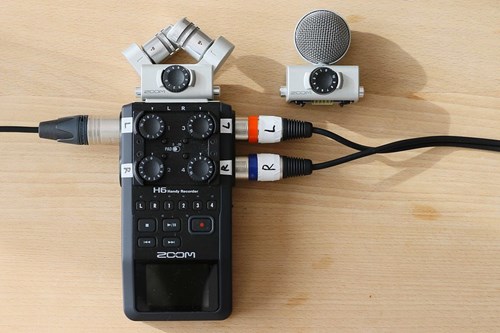
We would be remiss not to mention handheld recorders as yet another type of microphone. With handheld recorders, 2 microphones are typically built into an audio recording device, which you can use for filmmaking, music recording and podcasting, as well as found sound and foley recordings. They’re the type of devices often seen amongst YouTube gear or vlogging equipment.
Zoom, Tascam and Sony all make very capable handheld recorders. Are they going to replace a good microphone kit that includes a lav and shotgun mic? No. But you’d be surprised how versatile and helpful handheld recorders can be.
Recap
If you want to take your production to the next level, this means giving audio production the attention it deserves. This really starts with your microphone selection.
While modern microphones are either condenser or dynamic, the most important factor in selecting a microphone is that it fits your production needs. If you’re shooting short films, for instance, you could use both a lav and shotgun mic. If you’re doing voiceover work or foley sound, explore the various types of studio microphones on the market.
Before deciding on the type of microphone and brand, rent a few mics and experiment with them. This way, you can gain a better understanding of microphone technology and functionality before you make your pic.
Share this article
Did you find this article useful?
Related Posts
- By Chris Suffield
- 7 MIN READ
- By Artlist
- 4 MIN READ
- By Robert Hardy
- 2 MIN READ
Latest Posts
- 17 Apr
- By Daniela Bowker
- 7 MIN READ
